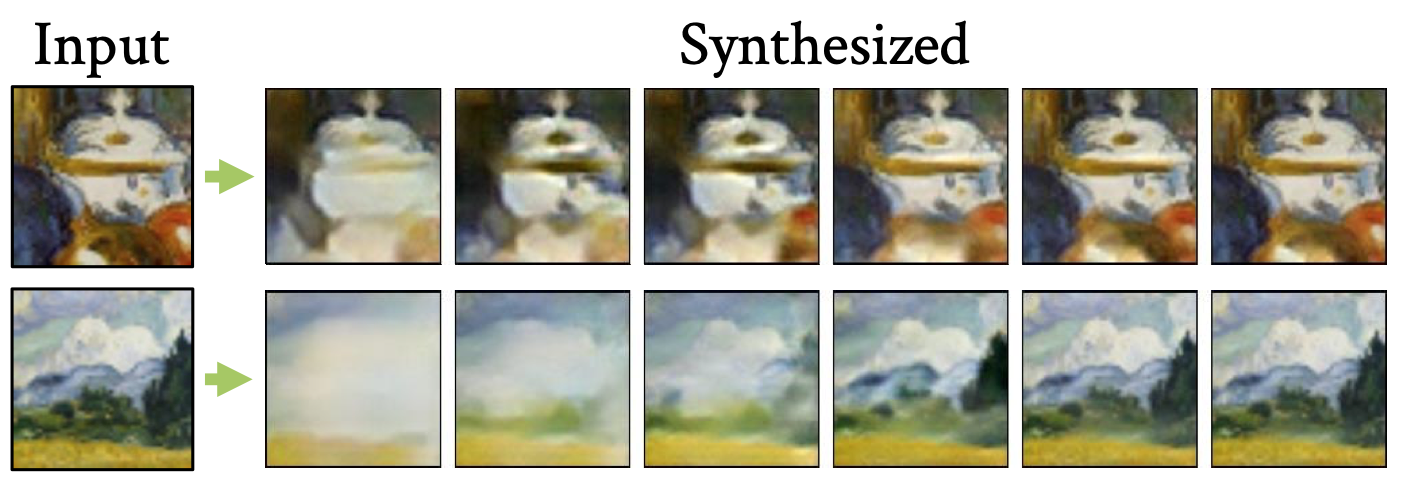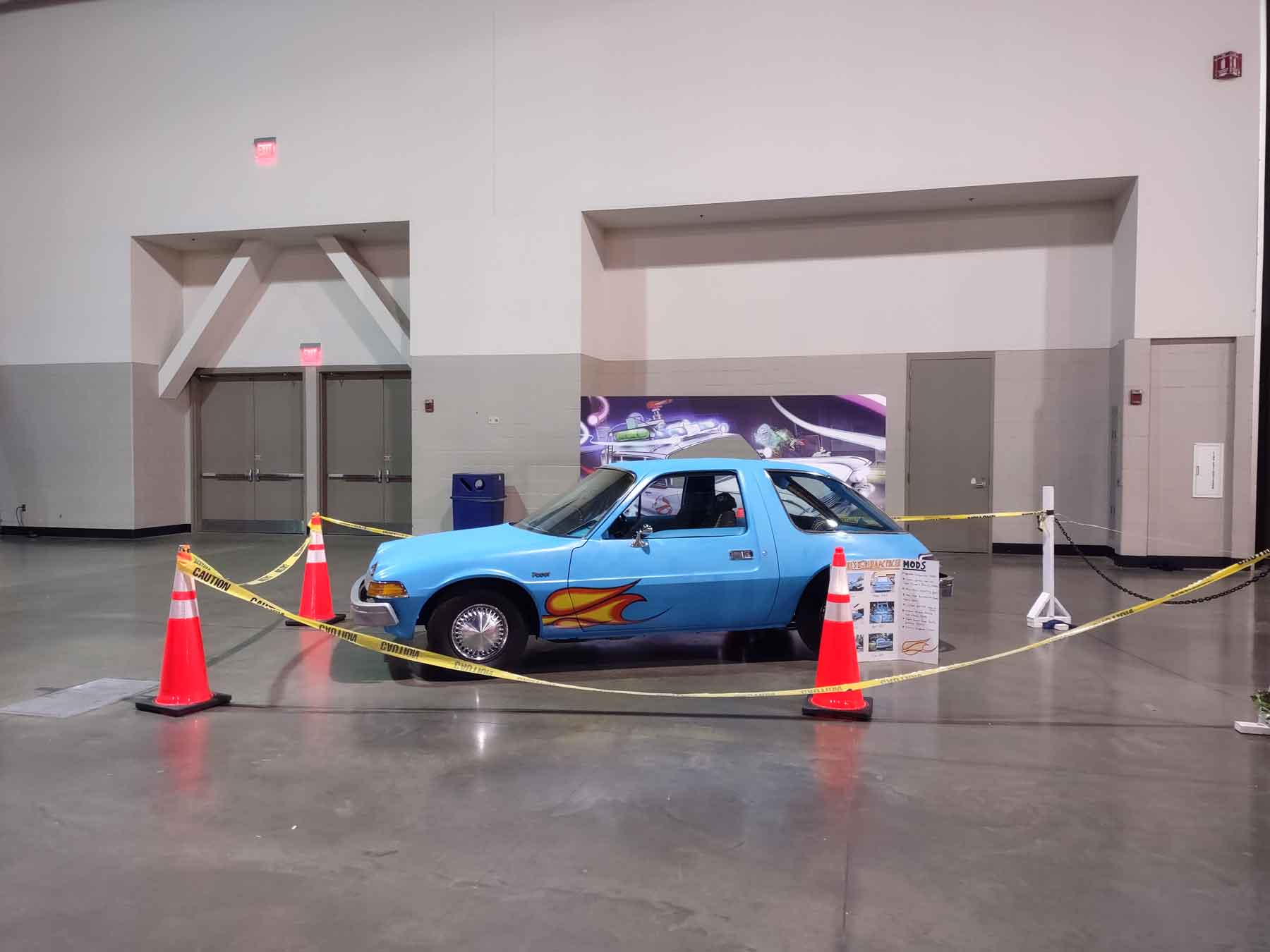
Another paper has come out about how researchers have taught an AI system to paint in the manner of a number of artists. From a machine learning perspective, the project is pretty darn impressive and I personally find it quite interesting to read through the training process. It’s particularly unique in that it appears to not start from finished works like most so far, rather by watching how people paint and emulating the human process.
I want nothing to take away from the triumph that these researchers have achieved, but I guess I’m waiting for the era when AI emulation gives way to the creation of new expressions. I am hoping soon enough that the more clever of the artists out there can take this technology and use it to create something spectacular and well beyond mimicking other artists.

A great example of what I’m hoping for is what Janelle Shane has experimented with by combining a machine learning system (Runway AI) trained on the Great British Bake-off and apparently random squirrel images to come out with something decidedly different and fresh – in a pretty odd way. The process has a feel to me not unlike the process of glitching out video and the effects look like they have the same presence.
To me, this is when AI art will really come into its own and I’m excited for the first project when someone can take that and bend it to make their own statements.
